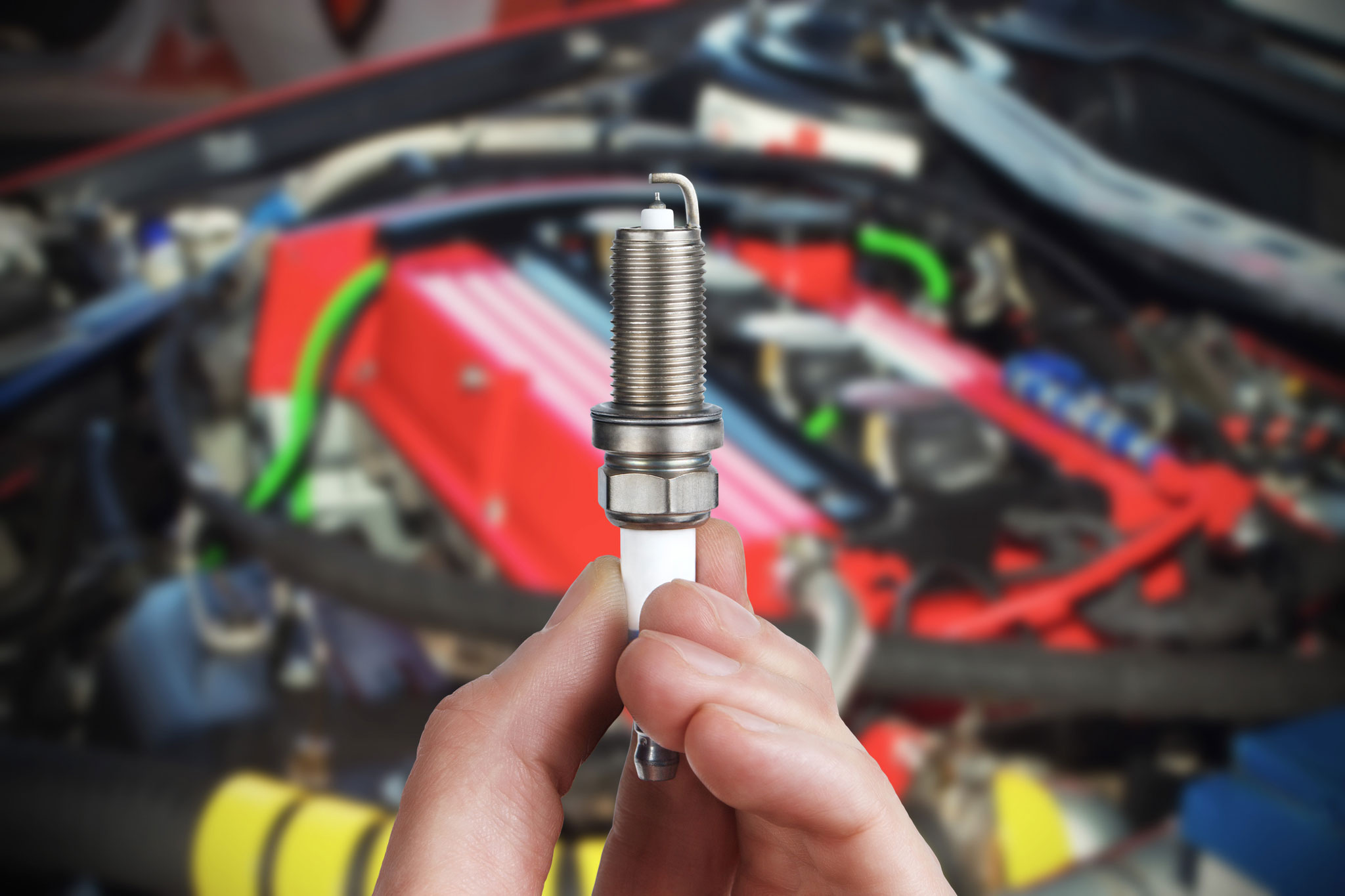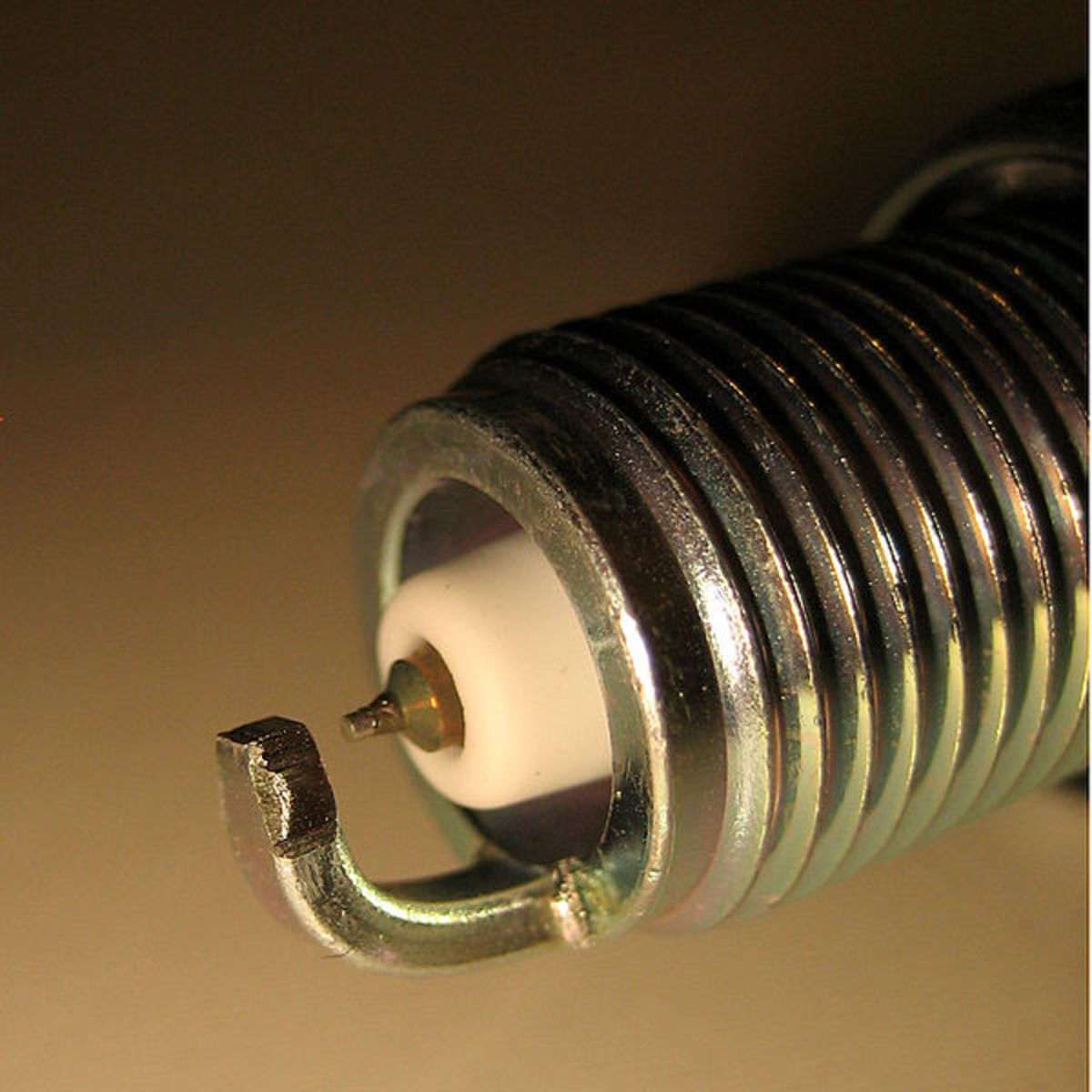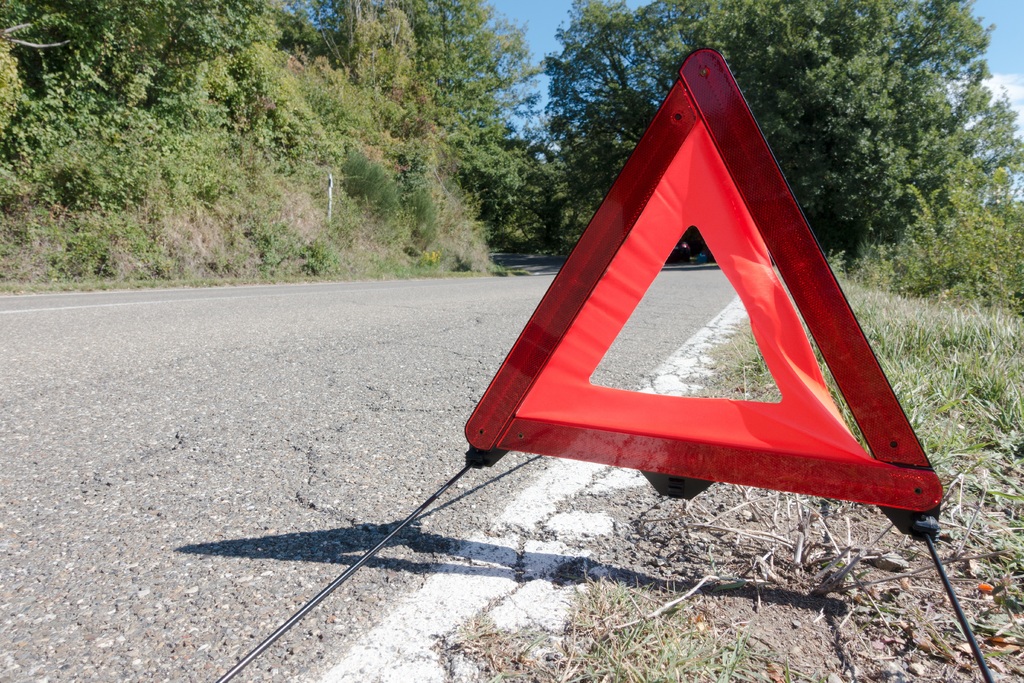Here’s What You ‘Auto’ Know About Spark Plugs
By Vuyi Mpofu
Spark plugs (aka sparkies) aren’t just a term used to describe an annoyingly clever person. Rather, they are tiny electric devices used in most internal combustion engines and are critical in the ignition process of your vehicle.
Think of a spark plug as a diminutive bolt of lightning; minute but powerful, the spark of electricity that a spark plug produces, creates the ignition required to start up your car’s engine.
Simply put, sparkies have the power to start your car and keep it powered up – or not – depending on the health of the plugs in your car.

Technically Speaking…
I know I come across as a motoring journalist whose sole purpose in life is to flit from one car launch to the next and to drive fancy cars in between, but allow me to show off some of my technical know-how with the following mechanical explanation:
A spark plug is fitted into your car engine’s cylinder head and is connected to the ignition coil. The coil generates the high voltage necessary to create the spark from the plug. When the spark occurs, the fuel ignites, allowing your engine to start and run. However, if the plug is damaged then it stands to reason that it won’t produce the spark required to ignite the fuel and in turn, fire up the engine.

That said, a damaged sparkie could have enough life left in it to get your engine started but may struggle to keep your vehicle powered up. This could result in a comically jerky ride due to misfiring during acceleration and at worst, a drastic reduction in fuel efficiency (which no one can afford!)
How Often Should Spark Plugs Be Replaced?
Fortunately, spark plugs don’t require replacement very often and can operate optimally for years – particularly if they are of premium quality. Nevertheless, their durability not only depends on their make but also on the regular maintenance of your vehicle, hence you must have your car serviced regularly.

Signs That Your Car’s Sparkies Are Nearing Retirement Age
As with most car parts, spark plugs don’t last forever and after enduring several thousands of kilometres sparkies eventually go to sparkie heaven. The two main enemies of the mighty spark plug are:
- Deposit Build-Up: Over time, the interaction between the spark plug and the air-fuel mixture causes residue which leads to pre-ignition of the fuel and an unpredictable delivery of energy to your engine.
2. Expanding Gap: When a sparkie ignites, the spark has to jump across a gap of space in order to provide the necessary amount of combustion. As the spark plug ages and as a result of extreme temperatures and normal wear and tear, the gap widens. Eventually, the gap becomes too wide, making it difficult for the spark to travel across and provide ignition.

Symptoms Your Sparkies Need To Be Replaced
Similar to most things that age, sparkies give tell-tale signs that they require replacement.
Here are our top 3 most common signs your engine is begging for new sparkies:
- Hard Start / Hard Ignition: This results in your vehicle giving trouble when getting started.
2. Reduced performance: This results in a sluggish and fuel-guzzling drive
3. Rattling / knocking-like sounds: This is a result of the sparkies firing at the wrong time.
Healthy spark plugs are critical to your everyday driving comfort but should you notice any of the above-mentioned symptoms we suggest having your vehicle looked over by a qualified technician.


